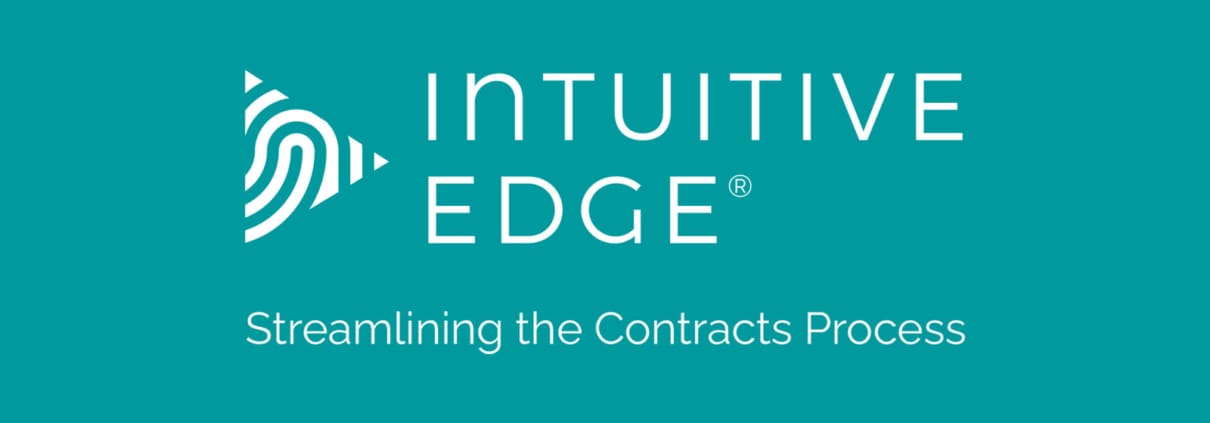The Death of Executive Presence: Why Adaptability Beats Authority in the AI Era

For decades, leadership was measured by something called “executive presence.” It was the polished confidence, the ability to command a room, and the aura of authority that made people listen—even when substance was thin. If you could speak with certainty, hold the posture, and project gravitas, you were often rewarded with influence and advancement.
But the rules have changed. AI has flipped the equation.
The Old Model: Authority Over Execution
The old executive presence model thrived on hierarchy. Leaders didn’t need to execute with precision—they needed to set direction, inspire confidence, and appear in control. The “doers” were usually lower in the org chart, carrying out the vision with little recognition.
That separation worked in a slower world, where information was scarce and experience equaled advantage. But today, AI collapses those gaps. Anyone with the right tools can surface insights, automate execution, and deliver results faster than traditional leadership chains ever allowed.
The New Reality: Results Over Rhetoric
AI has exposed the hollowness of presence without adaptability. The people who cling to the old model—confident, resistant to change, convinced their polish still holds weight—are being outpaced by employees who are simply faster learners and sharper executors.
Your assistant who builds a polished deck in hours with AI? She’s more valuable than the high-priced “strategist” who takes weeks and still delivers average work.
The junior analyst who leverages AI to model scenarios in minutes? He outshines the manager who spends days poring over spreadsheets.
The playing field has tilted. It’s not about who talks the loudest. It’s about who delivers, and AI puts execution power directly into the hands of the doers.
The Paradox of Confidence
Many strong, “know-it-all” leader types will not adapt. Their confidence—once their greatest strength—is now their greatest liability. They double down on what worked before, projecting authority while falling further behind.
Meanwhile, the adaptive ones—often less polished but more curious—are reshaping the definition of leadership. They ask: How can I use these tools to solve problems faster, smarter, better? And then they do it.
Why This Matters for Companies
This shift isn’t just cultural—it’s financial. Companies that cling to the old model risk slower execution, higher costs, and missed opportunities. Those that embrace AI-driven adaptability see:
- Faster cycle times: decisions move at the speed of information, not the speed of hierarchy.
- Better margins: cost leakages are caught early, inefficiencies removed.
- Smarter leadership pipelines: rising talent proves value through results, not rhetoric.
In short: the AI-enabled workforce doesn’t wait for permission. They create clarity, move fast, and deliver measurable outcomes.
The New Differentiator: Adaptive Execution
In this new era, the differentiator isn’t presence—it’s adaptability. The ability to learn, experiment, and apply AI to real business challenges will define the leaders of tomorrow.
“Executive presence” is no longer enough. Confidence without execution is hollow. True leadership will belong to those who pair vision with speed, authority with adaptability, and presence with proof.
Closing thought:
The age of AI has made one thing clear: the era of leadership by projection is over. Results have replaced rhetoric. And the leaders who fail to adapt will soon find their presence no longer commands the room—it empties it.






Leave a Reply
Want to join the discussion?Feel free to contribute!